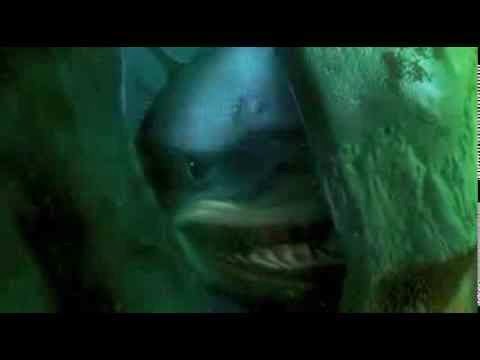Anchorage: The relationship between text and image. Rarely do pictures appear without some text, whether spoken or written, which serves to establish or anchor an interpretation. Newspaper subeditors apply headlines or captions to photographs; documentaries use voiceover in a similar way. To test the importance of anchorage, try looking at pictures you're thinking of using for your poster with and without accompanying text, and then with different text. We have to create an original image(s) for our poster, and for our review. We must seize this opportunity within our production with our film.
- A lot of text anchors the image of this poster.
- The pink accolades show stellar reviews (four/five star ratings) for the film, signifying the colour importance; both the colour and reviews are particularly eye-catching.
- One of the quotes,"buzzes with life", connotes with flies, bees (which are the cornerstones of life), and other things that buzz.
- The tagline, "LIVE, LOVE AND GIVE AS GOOD AS YOU GET", brings in the social status of the film.
- The girl's costume is particularly sportive, and shows she has an interest in dance. Her black attire anchors with the text.
- She is dark in comparison to the other parts of the poster.
- Make-up, accessories and jewellery combine to provide a representation of her social status.
Tone: Roughly 70% of the message is through non-verbal communication, 23% is tone, and a mere 7% is through the words used. Is the tone humorous, solemn, coy, sentimental, laddish or what?
- There is a solemn/serious tone to this poster.
- It presents the idea of confrontation/rebellion.
- "Tumblr"-esc tagline.
- The film title is orange, which is particularly eye-catching, whilst the title "FISH TANK" presents an anchorage with what we put in a fish tank; GOLD-fish.
- The enclosed spacing of fish tank connotes with the enclosed spacing of the text of the film title itself.
- The girl's tracksuit, on-show midriff, aggressive tone, oversaturation, alternating lighting ratio (half her face is light, the other half is dark), all add to the informal grittiness of the poster.
- There is a sense of hope for the girl, through her presence in the foreground, whilst the buildings are located in the background. It presents the idea the girl is rising above them, and stepping away from reality.
Register: Refers to the vocabulary, style and grammar used by speakers and writers according to a certain situation. There are thus degrees of formality: "bloke, man, guy, gentleman, geezer, dude, blud, ma, mam, mum, mummy, mother, mater".
- This poster suits a range of people through lexis, which is the level of language consisting of vocabulary, as opposed to grammar or syntax.
- "Chavs" may not understand the word "POIGNANT", yet people with a higher degree of formality would; it is the language of education, as are the words "PROFOUND" and "OUTSTANDING".
- There is a running motif of colour, which represents the brokenness/peeling away of the girl's life, whilst the wall could represent her future.
Intertextual & Intermedial references: Having many chains of signification in which media texts make references to one another. Where one media text refers to another, it is called "intertextual". "Intermedial" describes a media form which relies on understanding and experience of another media (e.g. film and music) to make meaning.
Example of intertextuality:
"The Shining"
Intentions to kill with an axe
Original quote: "Here's Johnny!"
"Finding Nemo"
Intentions to eat the fish
Reference to the original quote: "Here's Brucey!"
Target Audience: Who are the intended audience? It may refer to age, gender, socioeconomic status, region or nationality, sub-culture, or personality type.





No comments:
Post a Comment